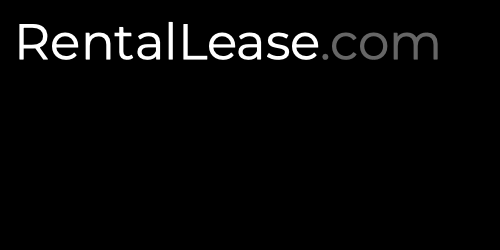Minnesota Month-to-Month Lease Agreement Template
Try Other Programs
A South Carolina commercial lease agreement is a binding contract between a business, represented by an entity or individual, and a landlord that owns non-residential space such as retail, office, or industrial. The form may be set up in three (3) different ways; Gross – The tenant pays a monthly amount and the landlord takes care of all utilities and expenses related to the property. Modified-Gross – Tenant and landlord negotiate and share all the costs associated with the premises….
The Pennsylvania rental application is a form completed by a prospective tenant that provides a detailed analysis for the landlord when considering this individual for a residential lease contract. The landlord may request that the applicant pay any applicable fees associated with the processing of and collection of reports in relation to the application. In addition to reviewing the tenant’s personal and employment information, they should consider requiring a security deposit in the chance the lessee does not pay rent…
The Wyoming rental application may be used by landlords seeking to verify the employment/income and rental history of a prospective tenant. Vetting applicants in this fashion allows the landlord to find a tenant that is well-suited to the type of property and lease agreement. The landlord has the legal right to charge a non-refundable fee for conducting the rental verification. Once they have selected an eligible tenant, they can present to them a lease agreement.
A Kentucky commercial lease agreement is for landlords who wish to rent out their office, retail, or industrial property to a tenant. The contract may be modified to any of the following three (3) different types of commercial lease agreements: Gross – The landlord is required to pay all the expenses related to the property. Modified Gross – The landlord and tenant will agree on who pays what costs for the property; a shared arrangement. Triple Net (NNN) – Tenant…
The Florida month-to-month lease agreement is a document that is employed by landlords and tenants who are looking for a temporary agreement. This document, also called an at-will agreement, is one that renews each month with the payment of rent and has no defined end-date. This enables either party to terminate with a shorter notice period and not inconvenience the other. Despite the more temporary nature of the agreement, it is still recommended that landlords screen their applicants with a rental…





